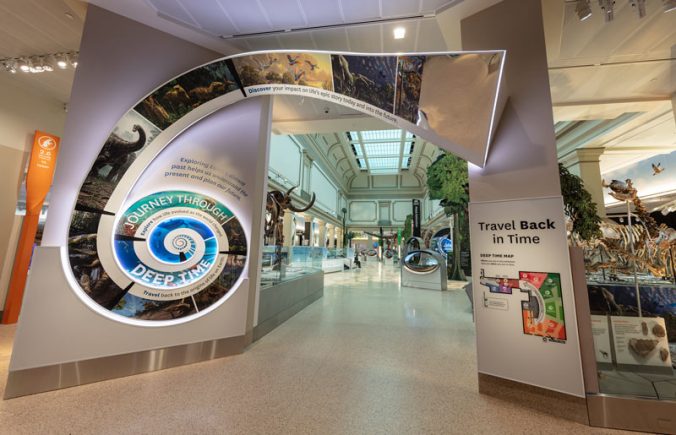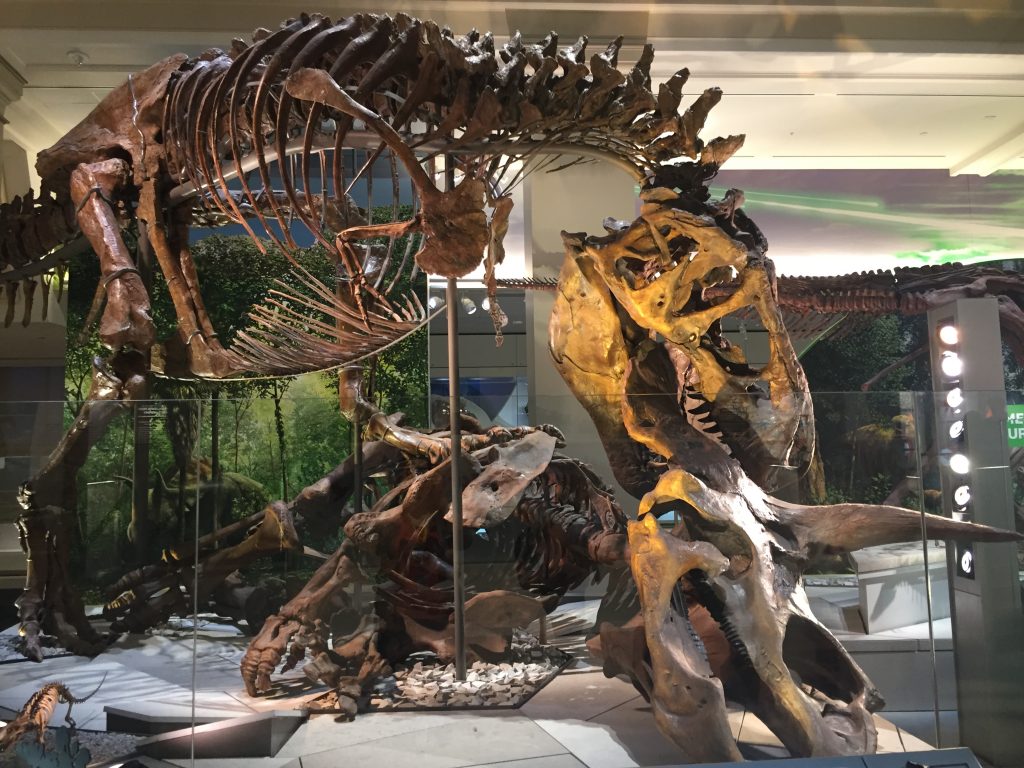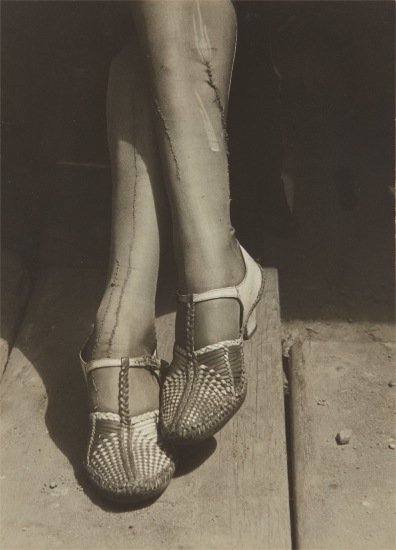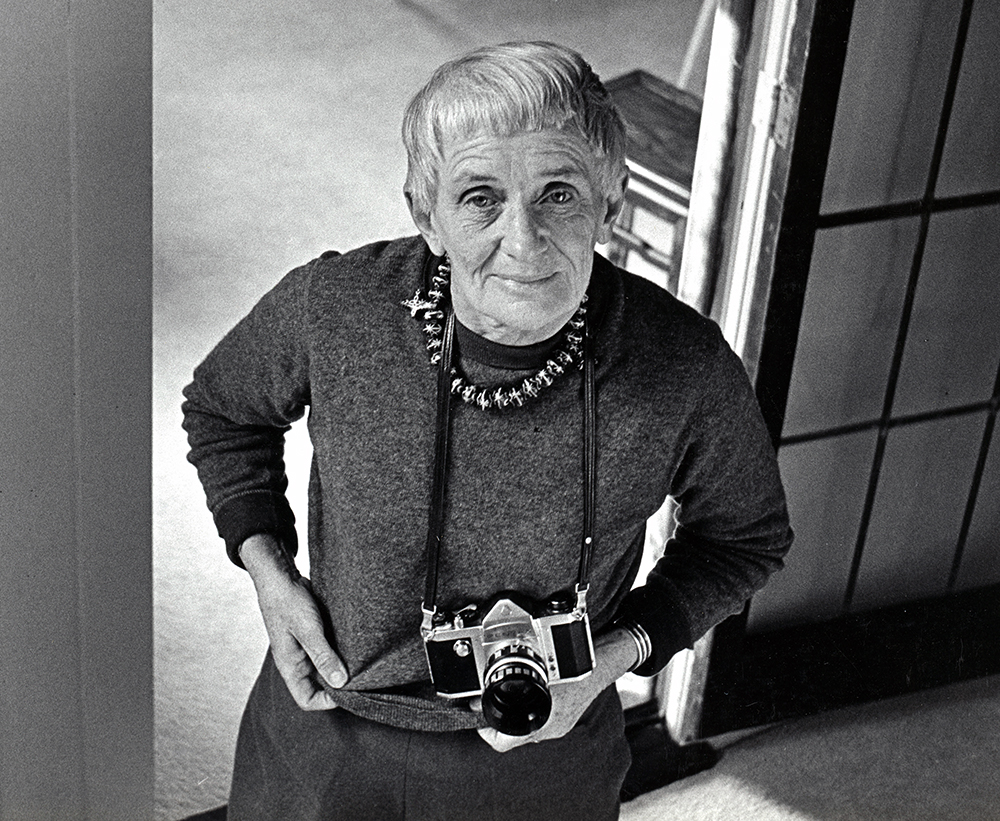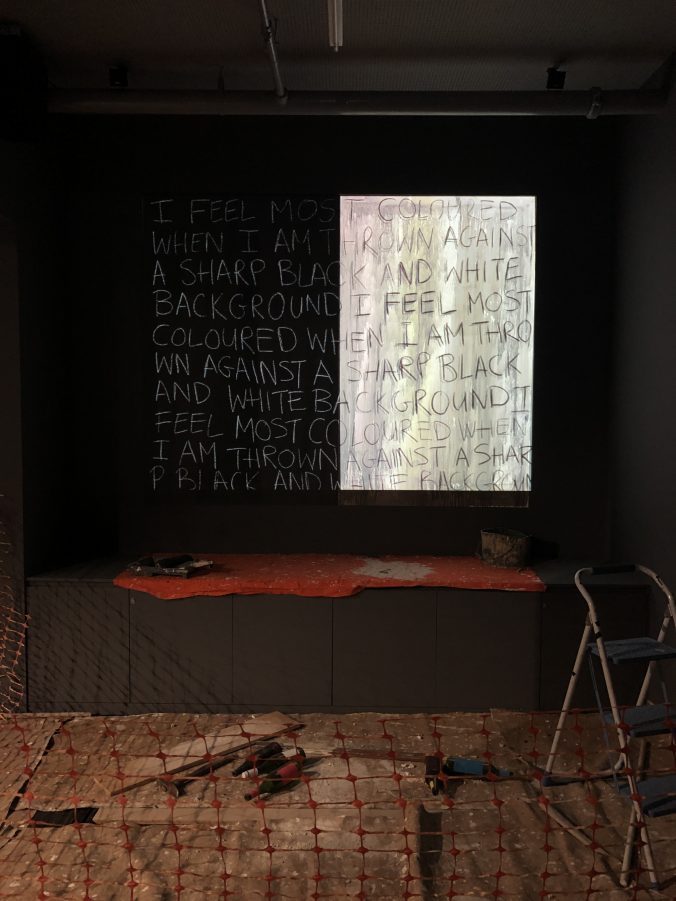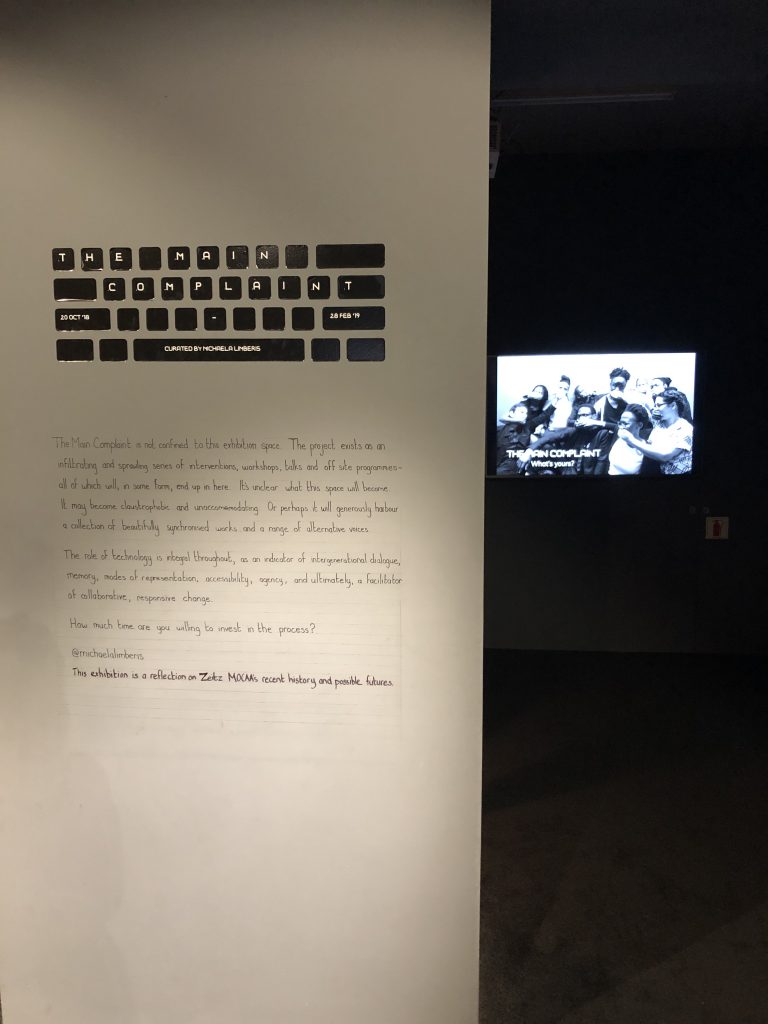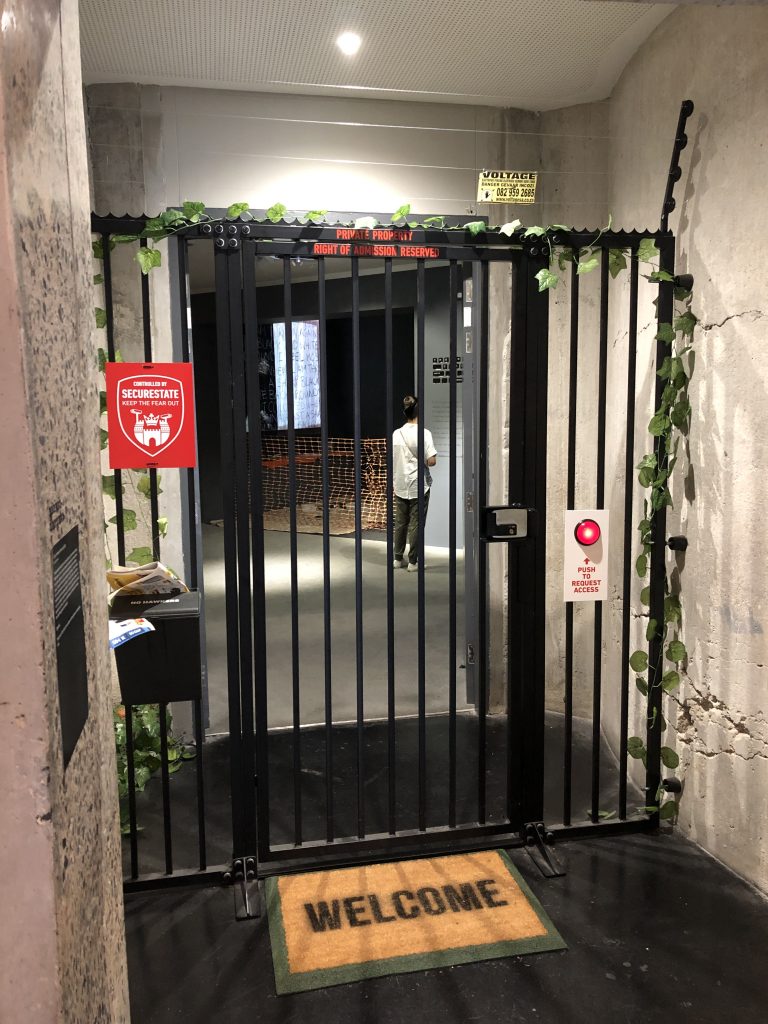Museums in the Boston area have started reopening this past week. I am very eager to get back out there to visit my old haunts and find new exhibits to explore. I have not had the opportunity to visit one yet, so instead I wanted to take this week’s blog post to reflect on a past museum experience. Last fall, I went to the Isabella Stewart Gardner Museum to analyze a tour for ‘Teaching and Learning in Museums.’ Also last fall, Lee Mingwei’s Sonic Blossom was visiting the Isabella Stewart Gardner Museum as part of their special exhibition In the Company of Artists.

Lee Mingwei is a Taiwanese-American artist known for his intimate participatory experiences. While Lee cared for his mother after her surgery, they listened to Franz Schubert’s Lieder. “These songs came as an unexpected gift to us, one that soothed us both and clearly helped with her healing.” Lee Mingwei’s goal with Sonic Blossom is to spread the gift of healing and transformation with Lieder. Professional opera singers were to move through art galleries, offer participants the gift of song, lead them to a chair, and serenade them. This is where I come in.
I had just finished my tour, learning about Isabella Stewart Gardner’s eccentric life and art collection, and found myself wandering the first floor galleries when a woman in an ornate robe slowly approached me. She asked: “May I give you a gift of song?” At this point I had no idea what Sonic Blossom was, so I agreed. I assumed that I would join a group of people for a special presentation on Gardner’s collection of instruments. Perhaps she was collecting an audience for a small demonstration. I was wrong.

The singer lead me to a single chair in the courtyard and began singing to me, and only me, with very intense eye contact. At the Gardner, the courtyard is the center of the whole museum, a lush garden surrounded by cloisters, and visible throughout the museum. When the music started, all visitors seemed to turn and stare, heads popping out of archways like little prairie dogs. This was not what I signed up for. My eyes flitted back and forth, occasionally making contact with the singer to let her know that I appreciated her talent while managing the awkwardness of the very public and very intimate performance. My heart was pounding, my face was flushing, and I had no idea what to do with my hands. After four minutes (or an hour, who’s to say?), the performance ended. I sheepishly thanked the singer and sunk back into the shadows of the galleries.
I wish I had known what I was getting into when I agreed to receive “a gift of song,” but knowing myself, I would have declined. I’m grateful for Sonic Blossom for pushing me out of my comfort zone. Throughout the rest of my visit, I paid special attention to the later performances, both appreciating their beauty and feeling immense relief that I was no longer the one in the chair. Now that nine months have passed, I can reflect more on the magic of Sonic Blossom. I was very lucky to experience a beautiful opera performance in a palatial courtyard. Was I healed or transformed? It’s hard to say, but it is certainly something that I will not forget anytime soon.
